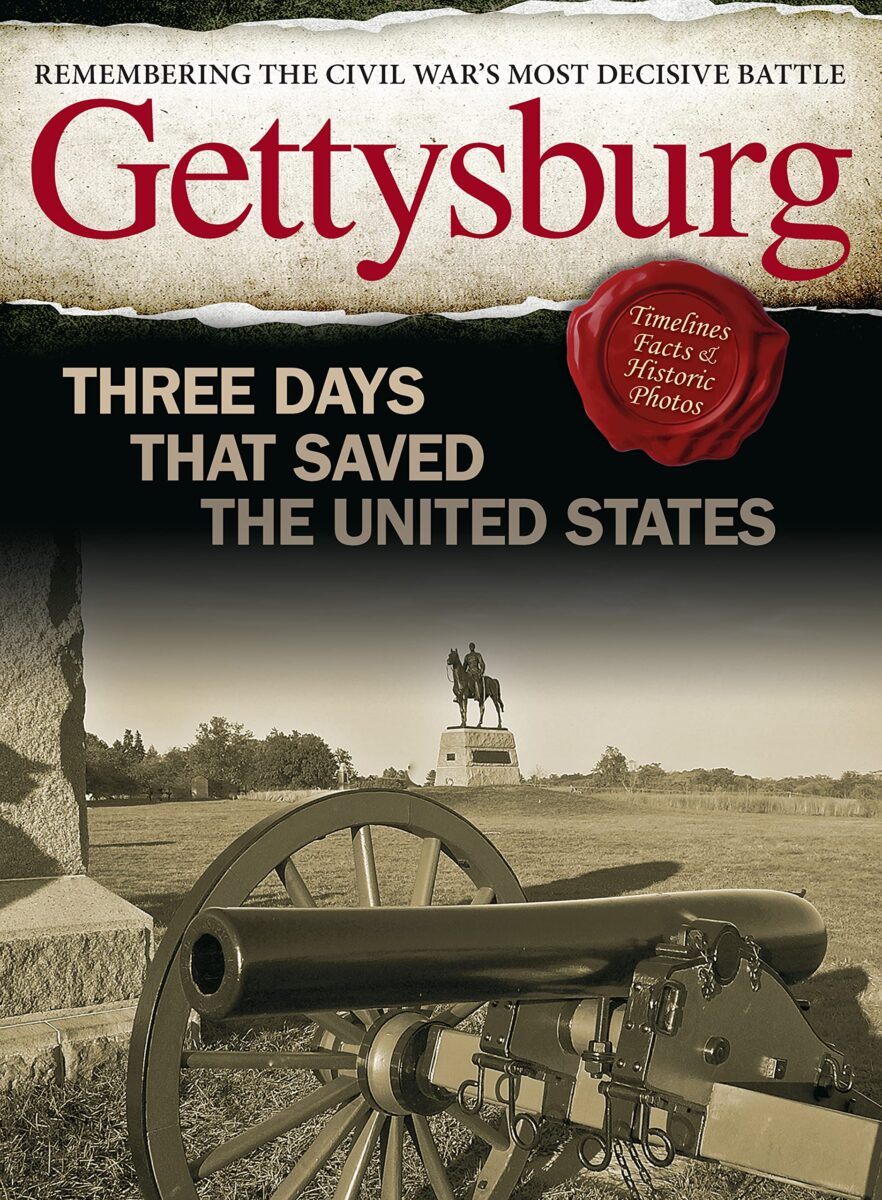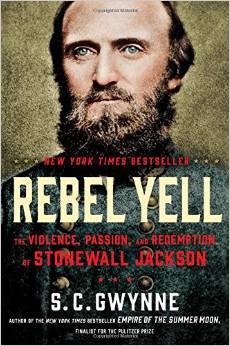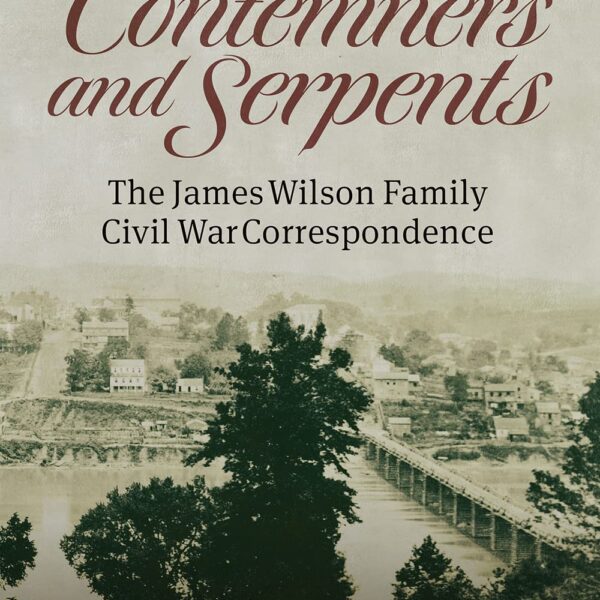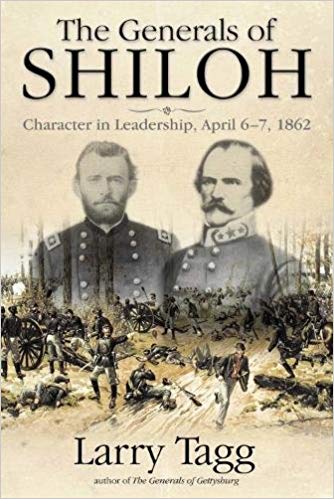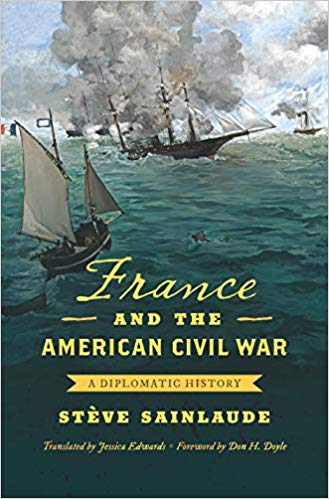No military engagement in American history (and perhaps few in all of world antiquity) has received more attention than the Battle of Gettysburg. One recent bibliography of the war’s bloodiest engagement tallied more than six-thousand entries.
First published in 2013 for the sesquicentennial of the bloody July 1863 encounter, Gettysburg: Remembering the Civil War’s Most Decisive Battle has been reprinted ahead of the 160th anniversary in 2023. In style, it resembles a magazine more than a standard book (it is produced by Fox Chapel Publishing, which typically specializes in crafts, art, tourism, and other lifestyle periodicals). Nevertheless, this 96-page special issue features an impressive collection of short essays by several scholars who have published Civil War and military history titles.
The finished product is visually appealing, utilizing a mix of period photographs, drawings, and other forms of art, as well as clear and concise visuals including historical artifacts, charts, timelines, and maps. Several infographics contextualize concepts such as chain of command, army organization, numerical strengths of forces, and the volume of casualties. Such resources provide effective aids for new audiences.
Specific articles include an introductory overview by Peter C. Luebke of the Naval History and Heritage Command; brief biographies of army commanders Robert E. Lee and George Meade (as well as an evaluation of Jubal Early) by diplomatic and cultural historian Kenneth Weisbrode; an assessment of Abraham Lincoln’s impact on the battle by scholar Brian Dirck; a synopsis of Father William Corby and the Irish Brigade by historian William Kurtz; and an overview of battlefieldmedicine by Coast Guard veteran Martin Roy Hill.
An excerpt from Ronald S. Coddington’s African American Faces of the Civil War (Johns Hopkins University Press, 2012) details the story of Alexander Newton, a Black soldier who was called to quell the New York City draft riots soon after Gettysburg. Historian Mark A. Dunkelman recalls the life and death of Amos Humiston—and the photograph that helped identify his body. And journalist Mark Greenbaum presents a recap of the 50th anniversary veterans’ reunion of 1913.
Other pieces by editors, journalists, and authors bridge the gap between past and present, including essays on reenacting and trends in battlefield preservation by Lucas Bernhardt; an overview of monuments by Ben Nussbaum; a summary of Gettysburg tourism and recommendations on touring the battlefield by Roger Morris; and a list of other related, regional attractions throughout Pennsylvania, Maryland, and West Virginia by Dean Sagar.
Gettysburg is influenced by some popular techniques used in retellings of the battle over the last half-century, including amplifying the role of some players at the expense of others. The publication concludes with a list of recommended resources to learn additional information about Gettysburg in more depth, including books, websites, films and television documentaries, other magazines, and even computer games. While the list is likely helpful to a layperson new to exploring the subject, some of the suggested titles are noticeably outdated, given the breadth of more recently published (and, in a few cases, more reputable) Gettysburg material.
Still, Gettysburg highlights bigger-picture themes for a broad audience, emphasizing that the battle did not occur in a vacuum. Helpful vignettes accompany the primary text of each article, providing further background and context on the people, places, and themes associated with the essays. Though by no means a comprehensive monograph or essay collection for seasoned Gettysburg aficionados, readers will emerge with an understanding of the battle’s impact on the political, social, and military histories of the Civil War—not to mention the nation as a whole.
Codie Eash serves as Director of Education and Museum Operations at Seminary Ridge Museum and Education Center in Gettysburg, Pennsylvania. He operates the independent Facebook blog “Codie Eash – Writer and Historian” and is a founding contributor to PennCivilWar.com.
